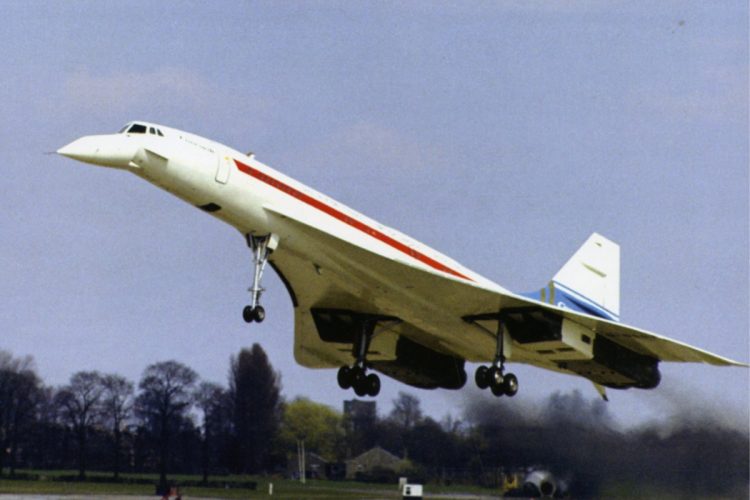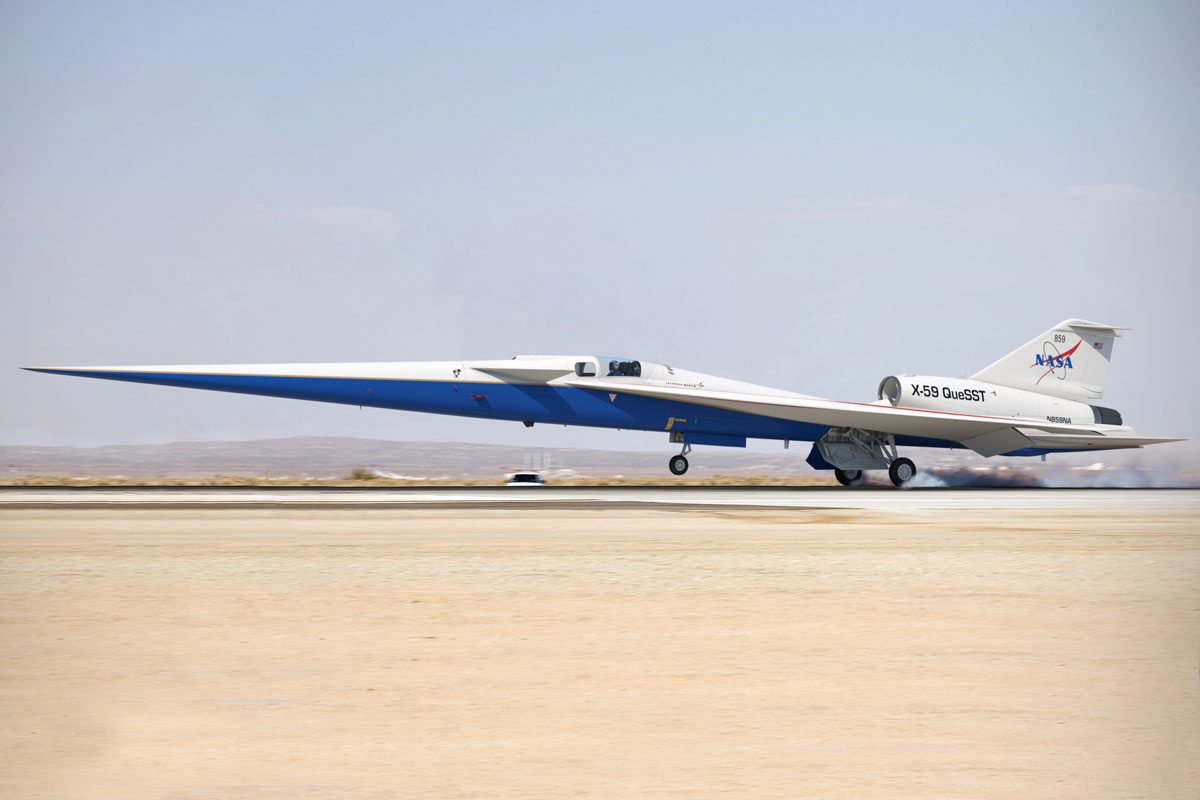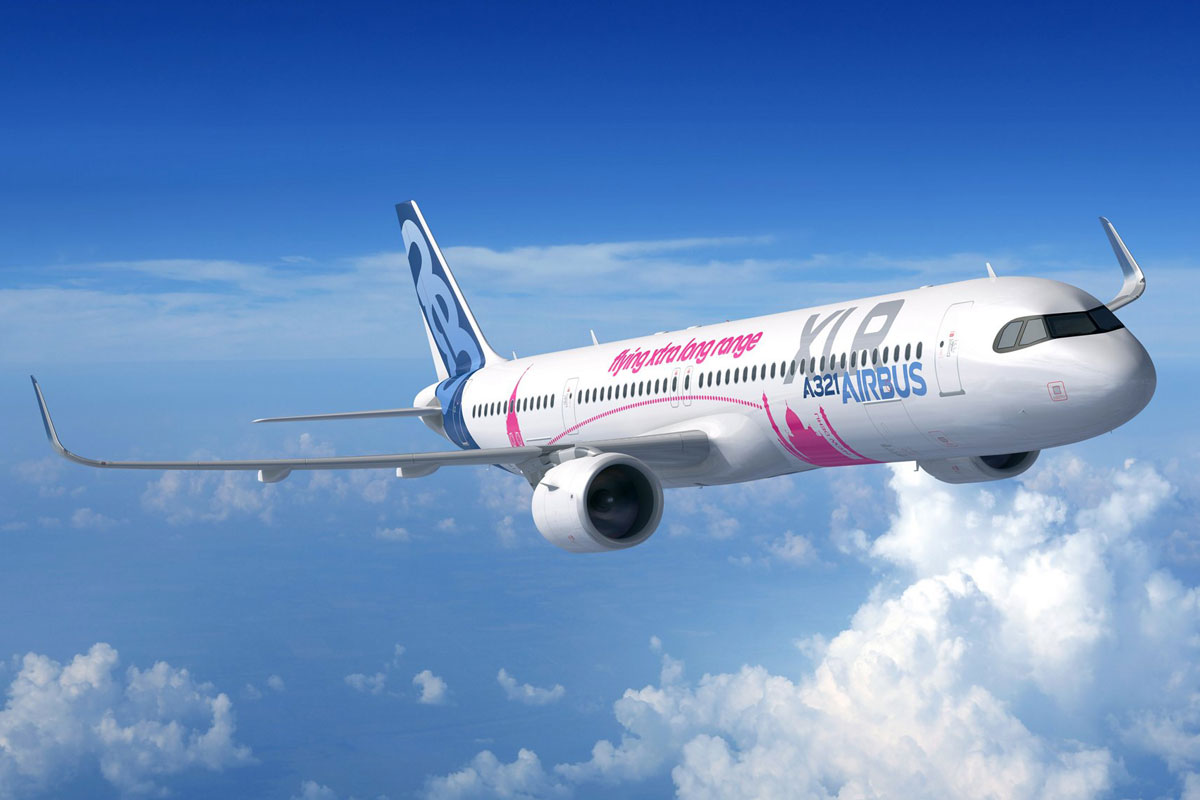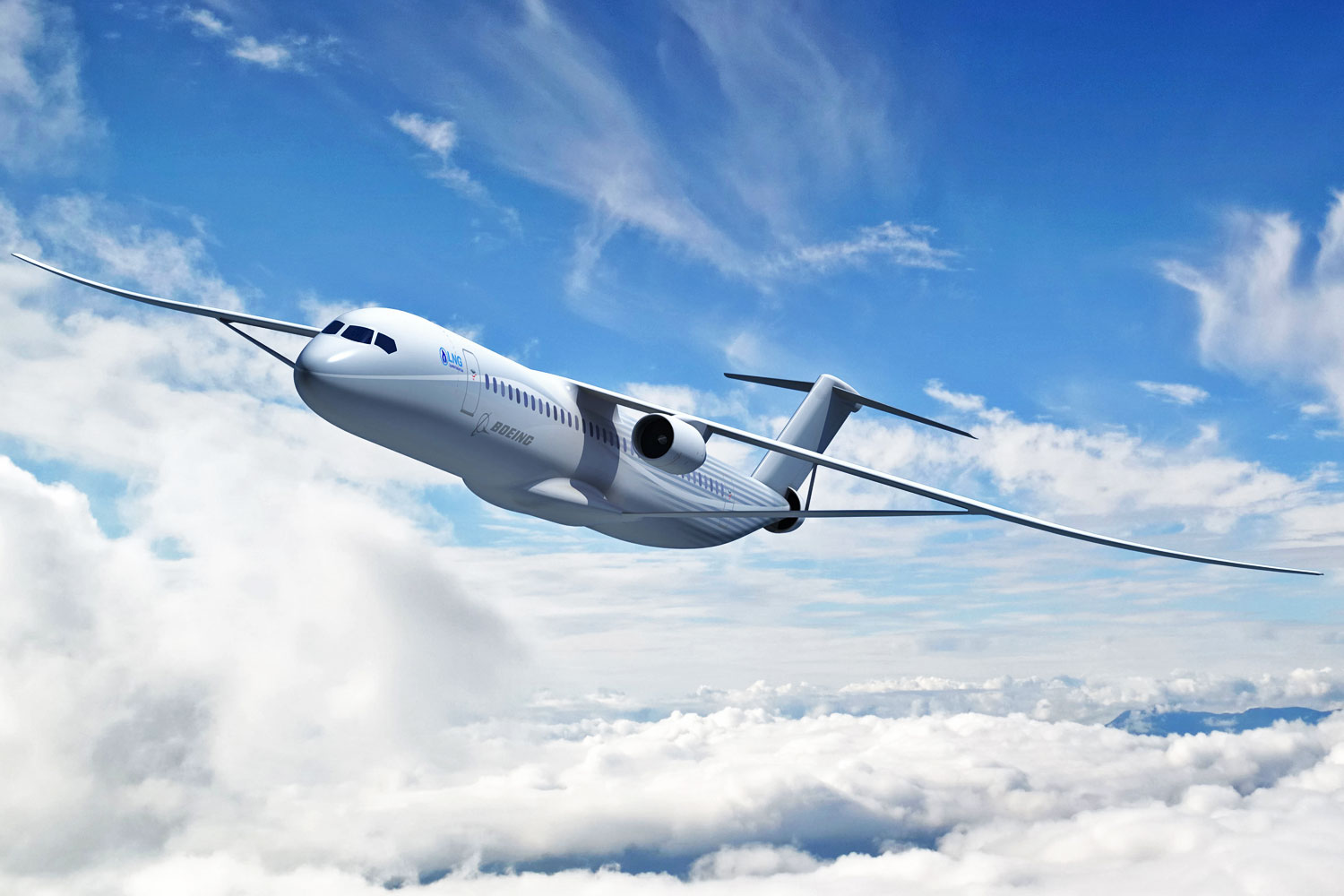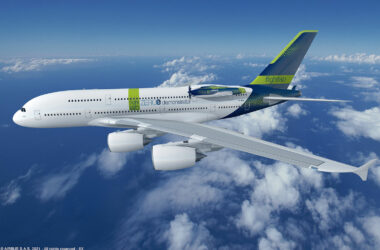NASA announced this week that it has approved the final assembly and system integration of the Quiet SuperSonic Technology (QueSST) experimental aircraft X-59. The prototype will be used to evaluate flights at supersonic speeds with low sound impact. The US space agency expects to complete the aircraft by the end of next year and make its first flight in 2021.
The high noise level was a complicating factor in Concorde’s career, one of two supersonic jets that went into service in the past (the other was the short-career Russian Tu-144). The sonic boom, shockwaves created by airplanes traveling above the speed of sound, can be disturbed by noise as well as the risk of material damage to populated areas, such as leaving a trail of broken glass panes. For this reason, the former European commercial jet was not allowed to make supersonic voyages in continental regions and could accelerate to maximum speed only on sea flights.
Developing technologies that can eliminate or perhaps reduce the effect of the sonic boom to safer levels are essential to bringing supersonic jets back to passenger transport. The Concorde was the last supersonic passenger plane, operated between 1976 and 2003.
“With the completion of KDP-D we have shown the project is on schedule, it’s well planned and on track. We have everything in place to continue this historic research mission for the nation’s air-traveling public,” said Bob Pearce, director from NASA Aeronautics area.
The X-59 is designed to reduce the volume of sonic boom that hits the ground. The prototype will be tested on flights over selected U.S. communities to generate sensor data and on-site people to gauge public perception. According to the agency, this data will help regulators establish new rules to allow commercial supersonic air travel by land.
Assembling the X-59 prototype is a task at Lockheed Martin’s Skunk Works plant in Palmdale, California on a $ 247.5 million contract.
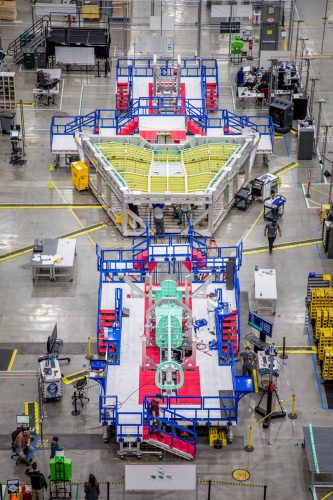
X-Planes
As the name of the plane already says, the QueSST X-59 is the 59th design of the US experimental aircraft and rocket series, used to test and evaluate new aerodynamic technologies and concepts (although not all have flown).
Projects X were initiated by the former NACA (National Aeronautics Advisory Committee) agency, then succeeded by NASA in partnership with the US Air Force. The program’s pioneer was the Bell X-1, the first plane to break the sound barrier in 1947.
NASA’s long list of “X-Planes” includes projects of a wide variety, from super-fast aircraft, such as the iconic X-15, the fastest plane in history, and the X-38 and X-40 spacecraft. In addition to the new supersonic jet, another program underway at the agency is the X-57, a fully electric prototype airplane designed to evaluate the application of electric motors in commercial aviation.
QueSST’s mission now is to find the solution to a problem that emerged over 70 years ago with the first flight of the X-1. According to NASA data, the X-59 could fly more than Mach 1.4 (about 1,500 km / h) at 16,800 meters (55,000 feet) in altitude. And, hopefully, without bothering anyone or breaking anything along the way.
NASA predicts that the aircraft will create a 75 decibel sonic boom in the ground, something like the sound of a door slamming. Concorde, by comparison, generated 110 dB. The devices in the prototype to reduce the noise level are the engine air inlet mounted on the top of the fuselage and the canards, small wings located in front of the main wing.
Lessons learned from the X-59 can pave the way for a new generation of safer and somewhat affordable supersonic commercial aircraft. These are some of the promises of Boom Supersonic and Aerion, companies that plan to launch supersonic commercial jets by the end of the next decade.
